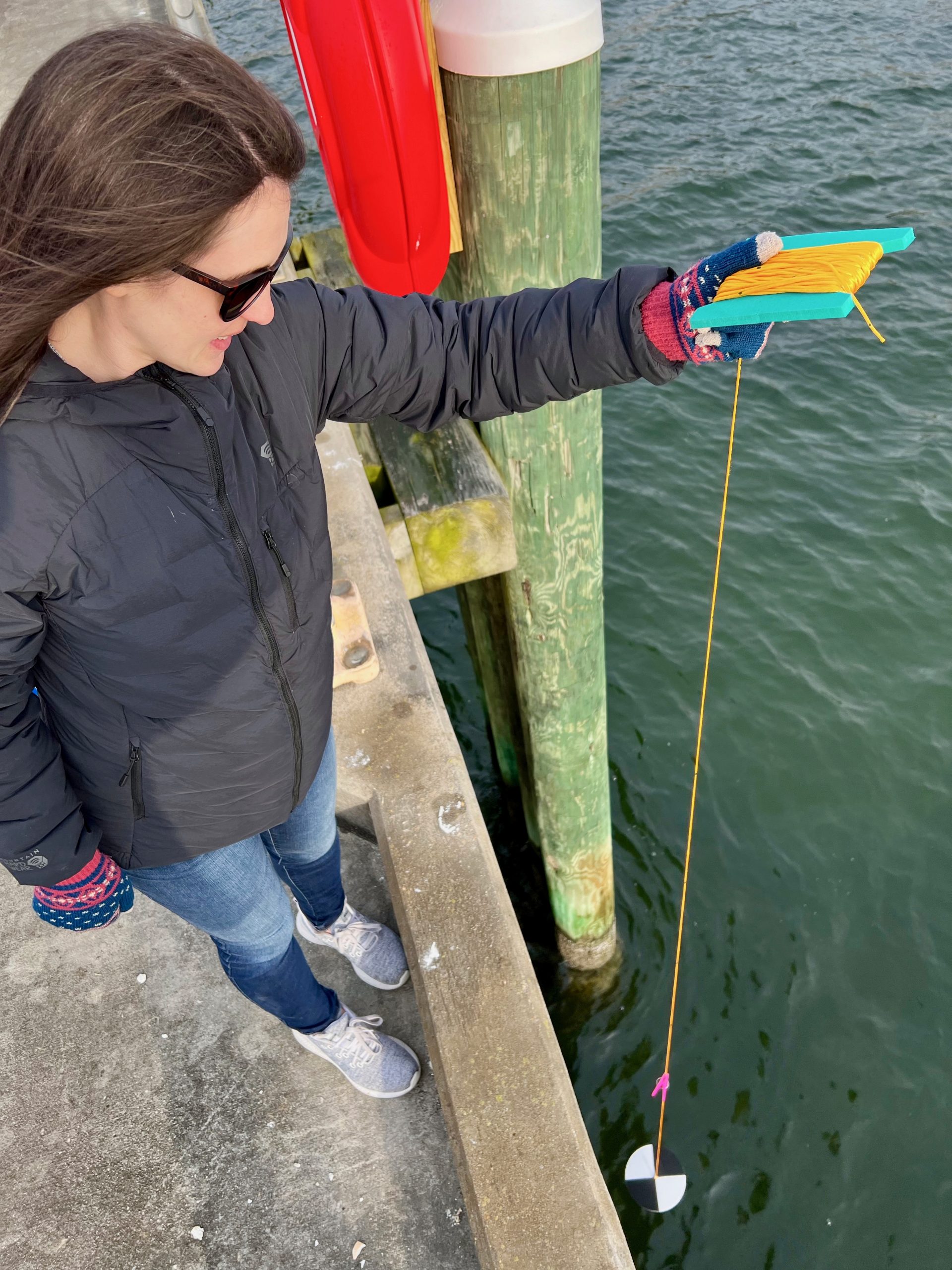According to the Virginia Institute of Marine Science, water clarity is key to the health and restoration of marine plants and animals worldwide, particularly in shallow coastal systems such as the Chesapeake Bay.
New research from VIMS shows that measuring water clarity is not as clear-cut as it might appear.
Research at VIMS, led by Dr. Jessie Turner, reveals that the “clarity” of a water parcel depends on the method used to measure it, and that different research questions and management decisions merit different clarity-measuring tools and techniques.
“In coastal and inland waters,” said Turner, “the methods we use to gauge water clarity can misrepresent the underwater light climate used to determine restoration goals, such as the potential habitat available for underwater grasses. It’s thus really important to choose the most appropriate measurement method, and to clearly communicate the method used. Not all water-clarity metrics are created equal.
Underwater grasses serve many ke...
To view the rest of this article, you must log in. If you do not have an account with us, please subscribe here.

